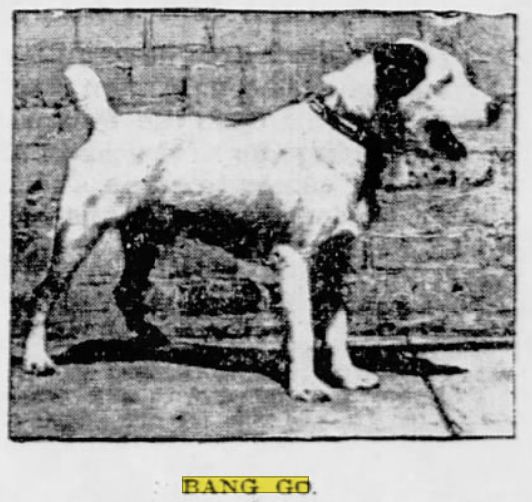
The following short story is one of my favorites from my upcoming book, The Bravest Pets of Gotham: Tales of Four-Legged Firefighters of Old New York (September 2024). I laugh every time I think about this crazy little dog of FDNY Engine 56.
Most fire dogs of the FDNY’s horse-drawn era in Old New York ran ahead of the horses on the ground to warn off pedestrians and other vehicles. Bang Go vaulted through the air. About eight feet high in the air, to be exact.
Bang Go was the son of Go Bang, a prize-winning wire-haired fox terrier worth $2,500 and owned by Governeur Morris Carnochan, chairman of the American Kennel Club Rules Committee.[i] His siblings were Baby Fireaway and Baby Ding Dong.
Carnochan presented the dog to Captain Michael J. McNamara of Engine 56 at 120 West Eighty-Third Street when Bang Go was a puppy in 1899. The captain was leery of accepting the tiny dog at first. “In fact, when we first saw him,” the captain told the press, “we all gave him the ‘Gee-hee.’ I knew nothing of wire-haired terriers then and did not realize his value and intelligence. But in a few days, he had earned for himself the affection and interest of all the firemen in the engine house.”[ii]
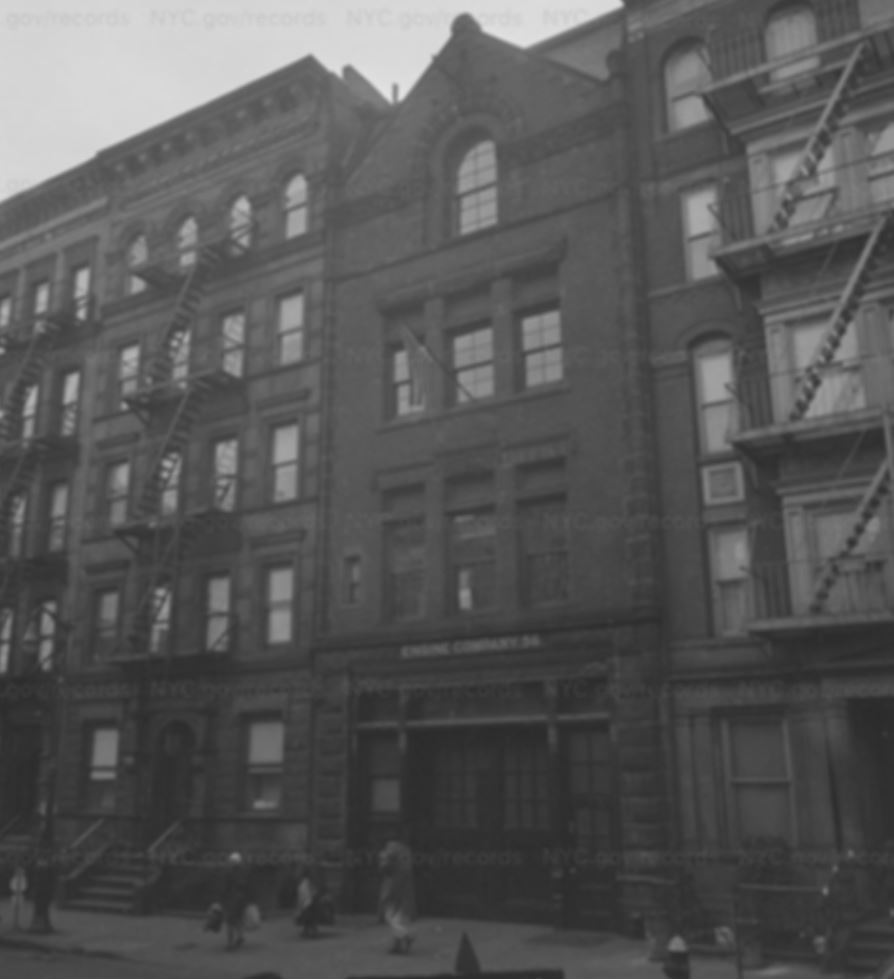
Although the tiny dog longed to go to fires with the men, the captain didn’t want him to respond, and so he locked Bang Go up whenever the company banged out for a call. But one day he couldn’t find the dog before the engine set out. When the engine had gone a few blocks, Bang Go showed up, barking and racing with the horses in his excitement.
On their way home, the men saw him pacing in front of the firehouse, warding off all passersby on that side of the street. From then on, whenever he had a chance to run with the horses, he’d dash down the street and repeatedly vault in the air with flying leaps. If he didn’t want to run far, he’d run and do vaults in circles.
The high-energy full-bred dog of Engine 56 also ate different meals than other fire dogs. For breakfast he had bread and coffee with milk and sugar. Lunch was a large bowl of soup, plenty of meat and vegetables, and bread and butter. Another cup of coffee topped off his night, which explains why Bang Go was a wired wire-haired fox terrier.
A Brief History of Engine 56
Our funny little dog Bang Go made his home at Engine 56, which was organized on July 13, 1889, in a firehouse on West 83rd Street between what was then 9th and 10th Avenues. According to the 1891 map below, Bang Go had a large vacant lot next door in which to play in and release his energy.
This land had formerly been owned by William Story in the early 19th century and then John Eatton Le Conte, a botanist with ties to the Elgin Botanic Garden in midtown Manhattan (where Rockefeller Center is today), in the mid-19th century.
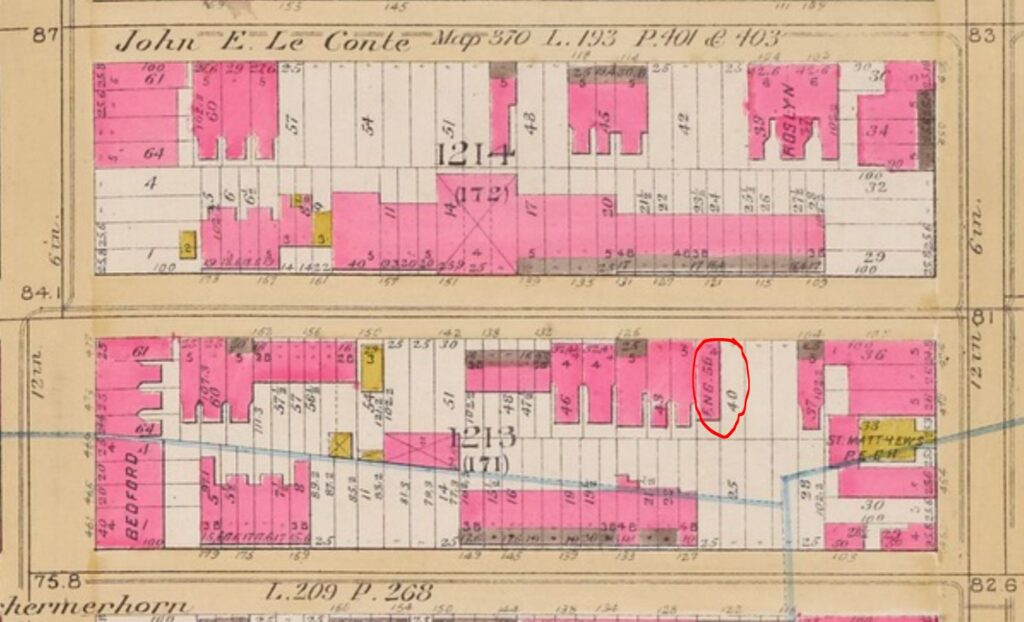
The firehouse was designed by Napoleon Le Brun and his son, Pierre, and completed in 1889. Captain Michael J. McNamara, a 40-year-old Irish immigrant who joined the fire department in 1873–and had been promoted to Captain on December 1, 1886–was placed in charge of the new engine company.
Engine 56 had two engineers, James Claire and William Massey; and seven firefighters: Michael Dinan, Charles Calahan, Robert Geddis, Richard Hyde, William Lumbolster, John Linck, and John Douglass.
McNamara was popular with the men and everyone in the neighborhood. In 1905 he received the New York Daily News medal as the city’s most popular fire captain—receiving 800,000 votes compared to the second place count of 300,000 votes. The newspaper said “every man, woman, and child on the upper west side knew him and were fond of him, especially the children.”
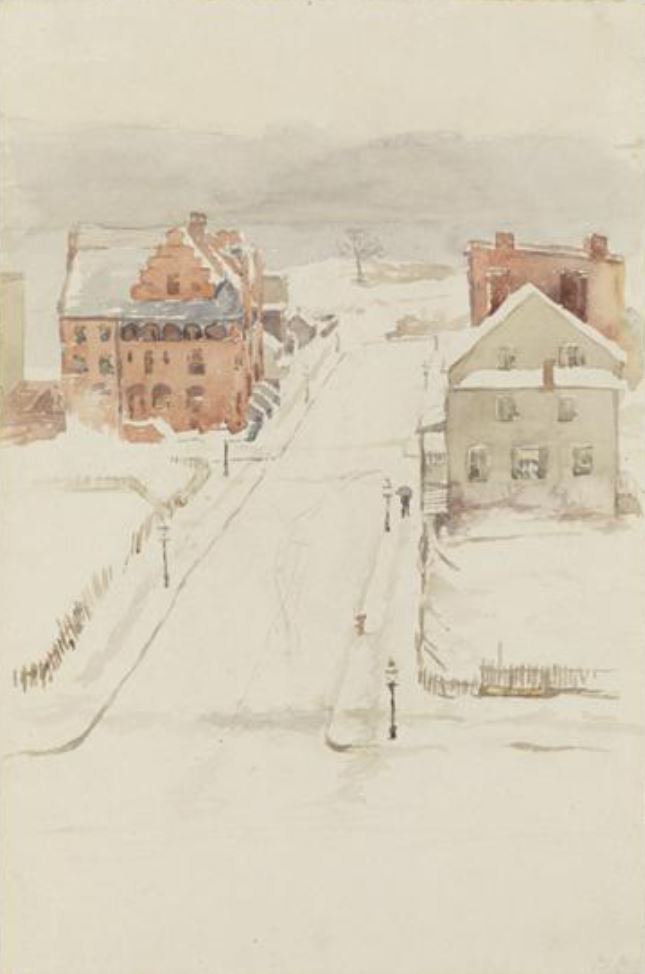
After 22 years in command of Engine Company 56, Captain McNamara retired on February 1, 1911. He was the longest serving captain in the FDNY at that time.
Incidentally, on May 8, 1906, seven years after Bang Go arrived, Engine 56 fireman William J. Sullivan and fireman John J. Sheridan of Engine 39 were walking along Third Avenue when a curtain in a bakery caught fire in the four-story building at 1224 Third Avenue. The men rushed into the building, saving at least six residents, including John Storck, the owner of the bakery, whose family lived in the apartment above.
Just as a fire engine pulled up, Mrs. Pollock, who lived on the third floor, cried out for Sheridan to “Save my baby!” Sheridan ran back into the smoke-filled building, where he found a fox terrier and what he thought was an infant in a chair, wrapped in a blanket.
He grabbed the dog and the infant and ran out of the building. Once on the sidewalk he realized that “my baby” was the fox terrier. The infant he had rescued was a baby doll.
Engine 56 was disbanded in 1960, and Squad Company 6 moved in, until they were disbanded in 1972. That year, the 83rd Street station became home to Engine 74, which had been housed at 207 West 77th Street. This company has a Dalmatian named Yogi (you can see a picture of him here).
Tragically, Engine 74 lost six of its men–Matthew Barnes, John Collins, Kenneth Kumpel, Robert Minara, Joseph Rivelli Jr., and Paul Ruback–in the attack on the World Trade Center on September 11, 2001.
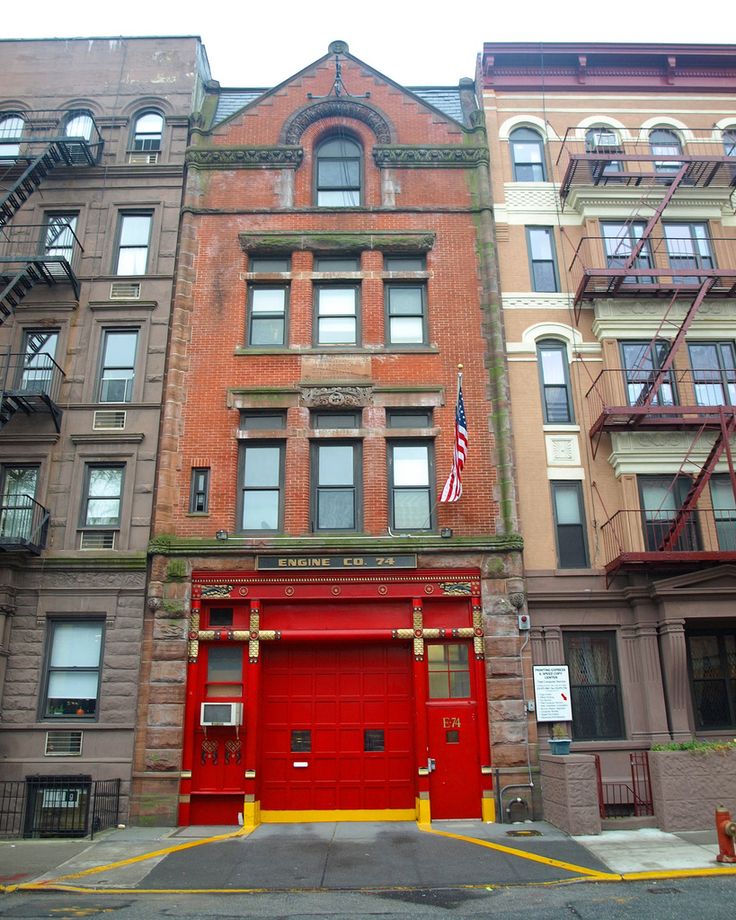
[i] “Fine Dogs Arrive in Town,” New York Sun, February 17, 1899
[ii] “Bang Go, the Mascot,” New-York Tribune, June 30, 1901.



